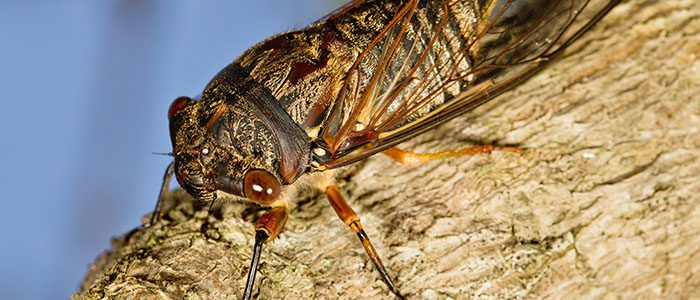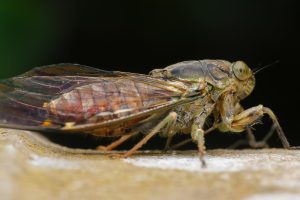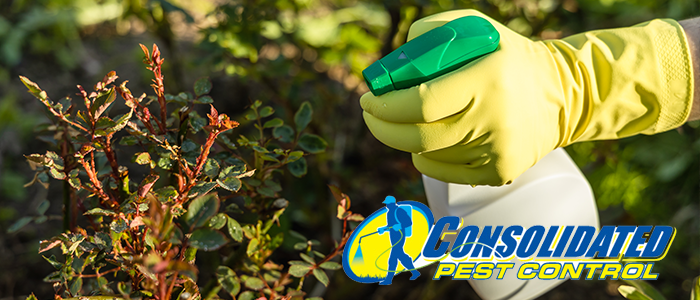
In the coming months, many areas of the US will witness a remarkable natural event not observed in the United States since the early 19th century and not to be repeated until the mid-23rd century. This phenomenon, playfully dubbed the “cicadapocalypse,” involves the simultaneous emergence of billions of cicadas from two distinct broods, one with a 13-year cycle and another with a 17-year cycle. These broods, known as Brood XIX (the Great Southern Brood) and Brood XIII (the Northern Illinois Brood), will bring a chorus of sound and a spectacle reminiscent of a scene from the days of Thomas Jefferson.
 We in Florida will be spared most of this. The resurgence aligns with insights shared at the Extinct & Endangered exhibition, a collaboration between Levon Biss and the American Museum of Natural History, which casts a spotlight on the decline of insect species and the importance of biodiversity. Biss’s photographic project, featuring images composed from thousands of shots through microscope lenses, offers an unparalleled view into the intricate world of these insects, including those facing extinction threats.
We in Florida will be spared most of this. The resurgence aligns with insights shared at the Extinct & Endangered exhibition, a collaboration between Levon Biss and the American Museum of Natural History, which casts a spotlight on the decline of insect species and the importance of biodiversity. Biss’s photographic project, featuring images composed from thousands of shots through microscope lenses, offers an unparalleled view into the intricate world of these insects, including those facing extinction threats.
As billions of cicadas prepare to surface this spring, experts like Dr. Jonathan Larson, an entomology professor at the University of Kentucky, emphasize the uniqueness of this double brood emergence. Despite the ominous tones of a cicadapocalypse, these cicadas, belonging to the Magicicada genus, are harmless. Their appearance, driven by soil temperatures reaching 64 degrees Fahrenheit, marks a brief yet intense period of activity spanning approximately six weeks, filled with their loud mating calls before they die.
This year’s emergence is particularly noteworthy due to the rare overlap of Broods XIX and XIII, a phenomenon occurring every 221 years. While some feared a massive overlap might cause problems, experts like Dr. Chris Simon from the University of Connecticut assure that such events are exaggerated, with minimal actual overlap expected.
Residents and visitors of areas anticipating cicada emergence are advised to prepare for the sight and sound of countless cicadas, especially in wooded and water-adjacent areas. While the insects pose no threat to humans or pets and offer an opportunity for culinary exploration due to their sweet, nutty flavor, they can harm young trees. Protective measures, such as cicada nets, are recommended for safeguarding young foliage.

The cicada season also presents a unique opportunity for citizen science through apps like Cicada Safari, enabling individuals to contribute to research on these insects and their response to environmental changes, including climate change.
As we approach this extraordinary period, it’s an invitation to witness and appreciate one of nature’s most fascinating spectacles, a testament to the resilience and complexity of the insect world, and a reminder of the beauty inherent in our natural environment.








